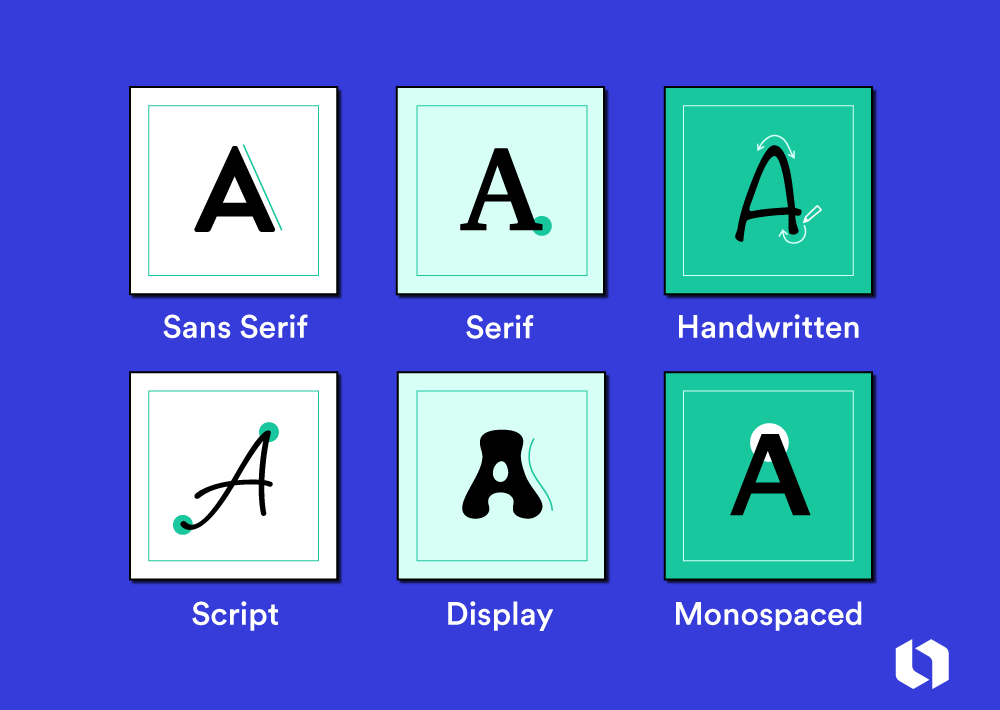Typography, as an art form, is an intricate dance of letters and styles that captivates and communicates in equal measure. Among the essential elements of typography are font styles, the diverse personalities of typefaces that shape the way we perceive and interact with written content. In this exploration of font styles, we delve into the captivating world of visual expression, creativity, and the impactful role font styles play in design and communication.
A Symphony of Diversity: The World of Font Styles
Font styles are the visual embodiment of written language’s tone and intent. They convey emotions, set the mood, and emphasize the message. The diversity within font styles is astounding, offering a vast palette of choices for designers and writers.
Consider the elegance of serif fonts, characterized by the small decorative strokes or “serifs” at the ends of letters. Serif fonts like Times New Roman or Baskerville exude a sense of tradition, making them suitable for formal documents such as books and newspapers. They convey authority, reliability, and a touch of timeless sophistication.
On the flip side, sans-serif fonts, like Helvetica or Arial, are clean, modern, and minimalist. Their lack of serifs gives them a sleek, straightforward appearance, making them ideal for digital platforms, branding, and contemporary design. Sans-serif fonts convey simplicity, clarity, and a sense of forward-thinking.
Cursive or script fonts, such as Brush Script or Snell Roundhand, mimic the flowing strokes of handwriting. They add a personal, human touch to text, making them perfect for invitations, greeting cards, and projects that require a touch of elegance or informality.
Display fonts, on the other hand, are designed to stand out. They are bold, decorative, and often used for headlines, logos, or signage. Examples include the ornate and attention-grabbing fonts used in movie posters or vintage advertisements.
The Artistry of Typeface Design: Where Creativity Blooms
Behind every font style lies the artistry of type designers. These skilled individuals meticulously craft letterforms, balance proportions, and fine-tune details to create fonts that resonate with specific design objectives.
Type designers take inspiration from various sources, including historical scripts, calligraphy, and contemporary art movements. They experiment with different strokes, angles, and spacing to bring their vision to life. The result is a harmonious blend of form and function that can elevate the visual impact of any project.
Font Styles in Branding and Communication
The choice of font style is a critical component of branding and communication. It shapes a brand’s identity, personality, and how it’s perceived by the audience. For example, a luxury brand might opt for a sophisticated and elegant serif font, while a tech startup may choose a sleek sans-serif font to convey innovation and modernity.
Fonts also play a vital role in user experience (UX) design. The readability and appropriateness of font styles impact how users interact with digital interfaces, websites, and mobile apps. Legible fonts that align with the brand’s identity enhance the user’s journey and overall satisfaction.
Conclusion: The Silent Communicators
Font styles are the silent communicators that bridge the gap between words and emotions. They are the unsung heroes of design, influencing our perceptions, guiding our understanding, and leaving indelible impressions. As you encounter different fonts in your daily life, take a moment to appreciate the artistry and thought that go into these visual expressions of language. Font styles are the unseen storytellers that enrich our world with beauty and meaning.







![Grace Slick Net Worth, Early Life, Career [2023] Grace Slick Net Worth](https://mystoryonline.org/wp-content/uploads/2023/06/Grace-Slick-Net-Worth-150x150.jpg)



